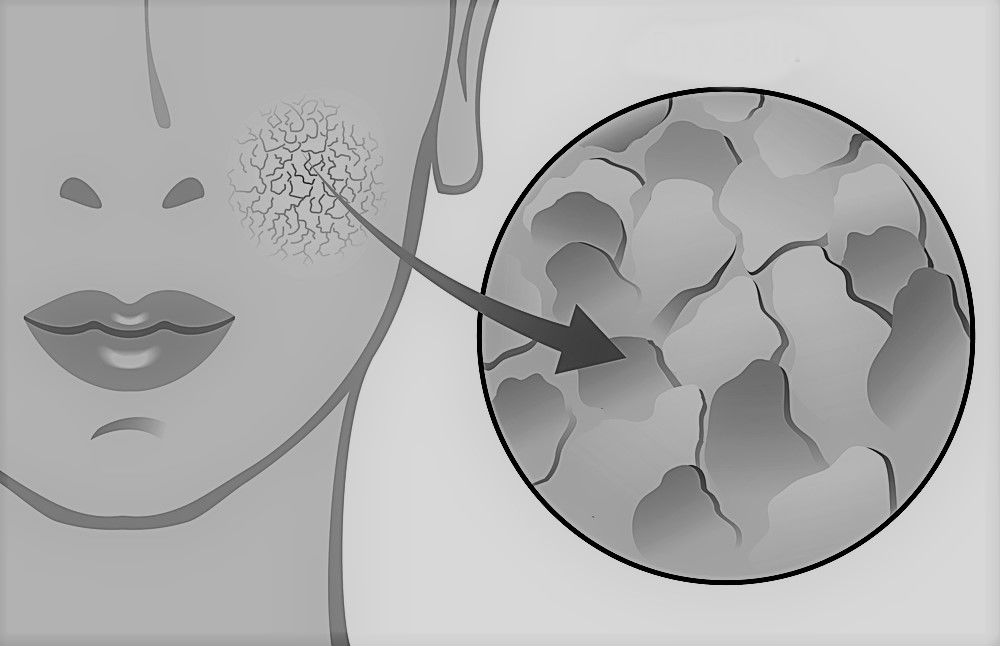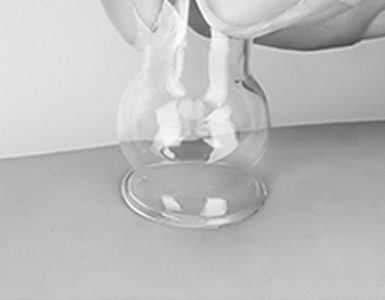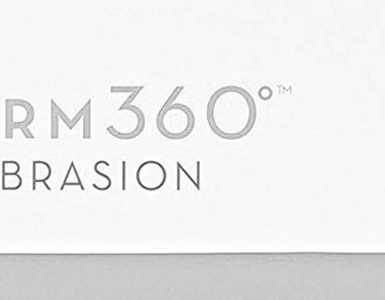Every woman wants to have beautiful, flawless skin and keep that beauty as long as possible. Often, this is very difficult. The environment we live in is fraught with factors that are harmful to our skin: stress, cold, pollution. Fortunately, there are cosmetic treatments that can restore the beauty of the skin and help us look younger for longer.
The first thing we can do for our skin is to remove the superficial layer of dead cells, which gives it a dull, tired look. We can achieve deep peeling effect with microdermabrasion or salicylic acid peels. Both treatments are designed to improve skin structure, reduce wrinkles, blemishes, scars and other skin problems.

If you have decided that you want to undergo such a procedure but aren’t sure which one to choose, here’s what you need to know:
What is Salicylic Acid?
Salicylic acid is a beta-hydroxy acid derived from willow bark. It is a substance that gently removes intercellular lipids by promoting the exfoliation of dead skin cells. Because of these properties, it is an extremely effective surface peeling agent that controls sebum secretion and cleans pores. In low concentrations, salicylic acid is applied to the surface of the skin to cleanse the pores and prevent acne. Higher concentrations of salicylic acid are used in chemical peels.
Salicylic acid helps control and prevent acne
The effectiveness of salicylic acid in keeping pores clean is due to its ability to penetrate through the lipid barrier of the skin and inhibiting oil secretion, thereby promoting peeling of the superficial layer of the skin and opening clogged follicles, exfoliating dead skin cells and restoring the cycle of normal skin cell change. It has also been shown to have antimicrobial and anti-inflammatory properties.
Salicylic acid-based products are often a preferred option for the treatment of skin inflammations and uneven pigmentation because they are quite affordable and easily accessible.
They come in the form of toners, serums, lotions, pads, exfoliating agents and many others. Salicylic acid-based formulas are available in most pharmacy stores and cosmetic shops without a prescription.
However, such products do not provide promising results for everyone.
People that are prone to increased skin sensitivities are very likely to experience severe burning, dryness, or irritation of the skin, following the topical application of salicylic acid-based products. Salicylic acid can be really beneficial for some, but others may experience long-term skin reactions that can dramatically worsen the condition of the skin:
[Skin Concerns] Please Help: Salicylic Acid Pad messed up my skin. from r/SkincareAddiction
[Skin Concerns] So this is what happens when you abuse salicylic acid 😭💀 from r/SkincareAddiction
What is this? I’ve used the ordinary salicylic acid for 2 years so it seems strange that I would react now. Chemical burn anyway? I also ate an old chocolate pudding (protein). What could it be? Burning sensation, mostly on one side but a little bit on the other side . from r/Skincare_Addiction
Salicylic acid peel to improve the appearance of the skin
The chemical peels with salicylic acid are known to enhance the appearance of fine lines, wrinkles, texture and pigmentation. After such peeling, the skin is visibly firmer, shinier and smoother.
The salicylic acid-based peel removing the skin’s superficial layer is a process similar to the mechanical exfoliation (used during microdermabrasion treatment). Thus, the skin pulls the dead cells away and a newer, fresher skin complexion is revealed. Basically, salicylic acid peels accelerate the natural process of skin regrowth. Instead of slowly separating dead cells, you can remove them all at once with salicylic acid peels. This enhances the appearance and smooths out fine lines and wrinkles. It can also help to reduce skin damage caused by excessive sun exposure.
However, salicylic acid makes the skin very vulnerable to all the external factors that may damage it. The aftercare is also important when talking about salicylic acid peels – you’ll need to regularly moisturize to reduce the inflammation and constantly apply sun protection to avoid sun damage.
After using salicylic acid the skin becomes fragile and your skin’s sun sensitivity is dramatically increased. Paradoxical as it may seem, this also increases the risks of sunspots and uneven pigmentation.
Recovery time
Microdermabrasion is often applied before another facial procedure. It helps to remove dead skin and thus enhances the effect of the cosmetic product used afterward. The procedure does not require a definite recovery time and the patient can immediately return to their daily activities.
On the other hand, recovering from chemical peels will take time. This period can be up to a week in which, as a result of the peeling, the skin surface is renewed.
Side Effects
Compared to microdermabrasion, the effect of chemical peel is harsher, you shouldn’t expose yourself to the sun, as you risk having a serious reaction, such as redness and severe burning sensation. Microdermabrasion (worst case scenario) may provoke minor discomfort which usually lasts up to 4 hours following the treatment session.
In terms of side effects, microdermabrasion is a milder procedure with little to no adverse reactions. Salicylic acid peels do provide beneficial results for the skin but aftercare is crucial if you’d like to prevent any side effects.





Add comment